The content of the article
A lot of different useful literature has been written about the benefits of walnut. On the basis of it, some sports diets are based, cosmetological masks for the face and body are made up, his husks are used in the preparation of some dosage forms. Acceptance of walnut is indicated for a number of diseases, including those of an exchange nature. Not an exception is diabetes, despite the fact that the use of many, at first glance, useful products, in the presence of this disease is banned. The fact is that in the depths of the nut product itself contains a large amount of thiamine, which contributes to a qualitative decrease in the level of glucose in the blood.
Chemical and biological composition of the product
Walnut looks like hemisphere of the human brain. Due to such a unique external similarity with the main organ of any mammal, truly magical properties were intuitively attributed to him from ancient times.Including, and influence on intellectual abilities.
Despite the fact that the true birthplace of this product is Asia, the ancient Greeks, who were in those regions, periodically imported it to prepare special food for the soldiers. It was believed that in this way God gives man the power to make wise decisions. In those days, many interpretations of the benefits were directly based on the form of the product: for example, bananas were assigned a role in strengthening male power, fed thin girls to pears so that they took shape, cabbage served as a means for breast growth, and walnut, respectively, deserved the highest title. And this correlation is not accidental. This simple nut is truly rich in a huge amount of useful enzymes, minerals, trace elements and vitamins.
100 grams of products contain the daily rate:
- Zinc: improves the quality of tooth enamel, strengthens the gums, reduces the manifestations of stomatitis.
- Selenium: plays a role in the regenerative function of the body, contributing to the rapid healing of damaged structures of organs and tissues.
- Cobalt: plays a direct role in the synthesis and analysis of information obtained by the brain.
- Folic acid: the most necessary building material, is involved in the synthesis of new cells, contributing to the proper transportation of nutrients by t-RNA chains, forms and stabilizes the basic nervous processes.
- Iodine: participates in the production and synthesis of thyroid hormones, is involved in the formation of intellectual processes, conduction of nerve impulses from the brain to the tissues of internal organs and back.
- Vitamin C: directly involved in the immune functions of the body, the formation of t-lymphocytes, ennobling the structure of the skin.
- Fatty acid: predominantly unsaturated Omega 3-6-9 types, regulate the activity of the cardiovascular system, control the condition of the vessels, break down the deposition of harmful cholesterol on their walls, stimulate metabolic processes, including in the elimination of toxins and toxins from the body.
- Thiamine: contributes to a qualitative decrease in blood glucose levels.
- Iron: promotes the accession of oxygen molecules and nutrition through the blood flow of organs and tissues of the human body.
- Vitamins A and E - promote complex restoration of visual function, nutrition of the skin and stimulate the endocrine and exocrine functions of the glands.
- Vitamin C - Strengthening the immune system, preventing the development of intolerance and allergic reactions.
- Vitamin B - the general stabilization of all neurohumoral processes of the body, the construction role in the formation of new cells and tissues, the obstacle of oncological tumors.
Walnut and Diabetes
When a person is diagnosed with diabetes in any form, he subsequently unwittingly begins to analyze each eaten product for its effect on health. After all, the slightest jump in blood sugar can lead to the hardest consequences for most internal organs, even hyperglycemic coma.
In recent years, nutritionists have insisted on daily consumption of a small amount of these common nuts, known to everyone. Their recommendations are based on truly therapeutic properties of the product, aimed directly at alleviating the course of the disease:
- A large amount of polyunsaturated fatty acids, such as Omega 3 and Omega 6, contributes to the intensive reduction of cholesterol in the blood, which prevents its further deposition in the form of plaques on the walls of blood vessels. And this, in turn, is an excellent barrier to the development of atherosclerosis, which aggravates the overall clinical picture in diabetes mellitus.
- Manganese, zinc, thiamine - contribute to the normalization of the enzymatic function of the pancreas, and thiamine correctly binds glucose molecules in the blood, contributing to their full absorption by the tissues and organs. It is also worth emphasizing that the amino acid thiamine is one of the main components of the hormone insulin, a violation of the production of which leads to inadequate absorption of sugars and their accumulation in human blood.
- Cobalt, copper, tin - promote deep cleaning of the body from toxins and toxins, neutralize their action and accelerate their removal from the body.
- Folic acid, selenium - contribute to the rapid healing of trophic ulcers and violations of the integrity of the skin, which are often found in patients with diabetes.
- Vitamins A, E, C, D - comprehensively restore the overall condition of the body, stabilize the immune and metabolic processes, promote the healing of tissues damaged by the disease, improve the composition of the blood.
Diabetes is not a sentence. Many have heard this more than once. The basis of many diseases is often the lack of certain nutrients that help the qualitative assimilation of a product. It is necessary to listen more often to the voice of nature - perhaps this is how it tells us how to overcome or alleviate the influence of a serious illness and improve our own health.
Video: what nuts are useful for diabetes

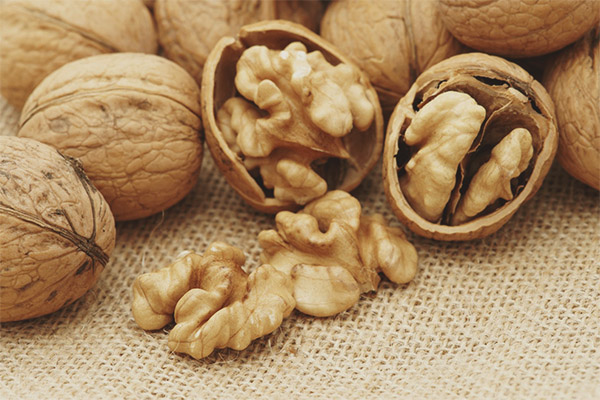
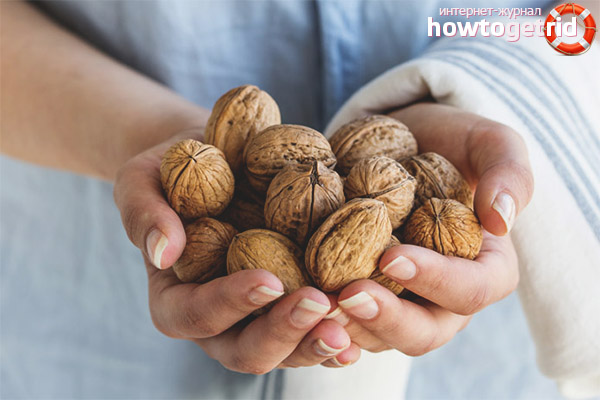

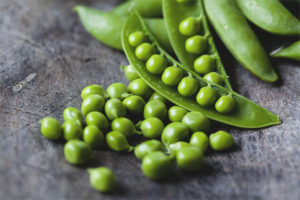

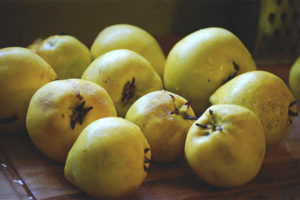

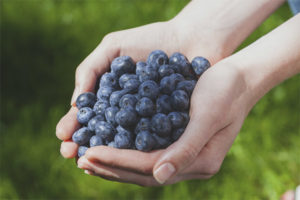
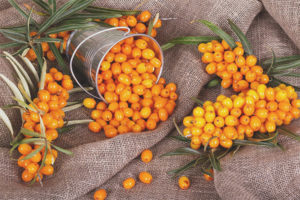
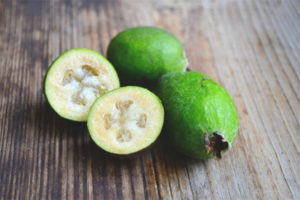
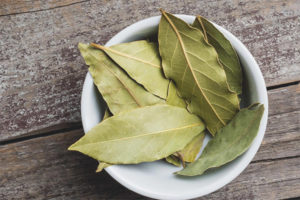
To send